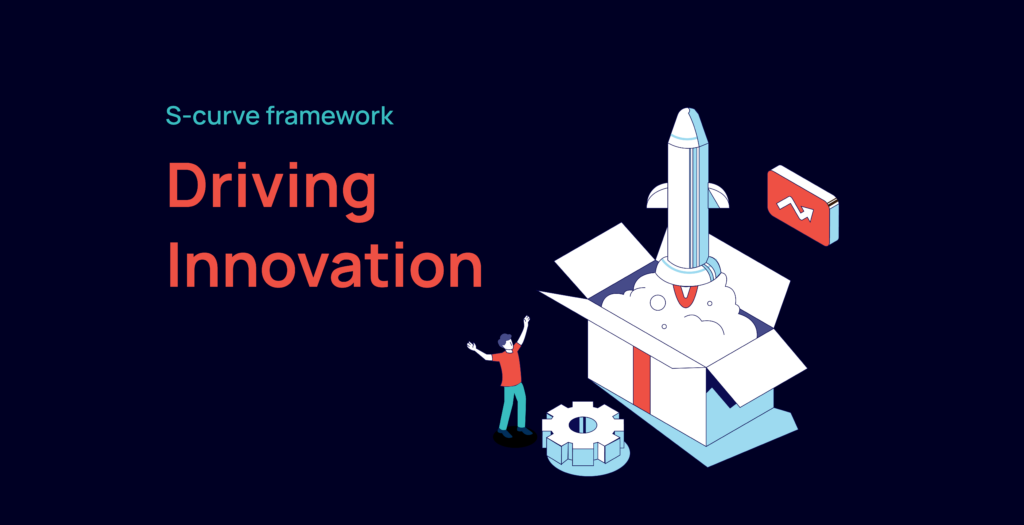
By Ankit Shah, Global Head of Fintech at GTN
The integration of financial services into various sectors signifies a seismic shift in the financial industry, elevating competition and placing a premium on innovation, agility, and adaptability. Fintechs aspiring to provide trading and investment services and non-fintech firms considering financial service integration should take heed.
Changing faces
Apple, Amazon, and X (formerly known as Twitter) have expanded their offerings into financial services through embedded finance. This has kickstarted a dynamic evolution with profound implications for the financial services industry. Diversifying offerings by expanding into related financial services is a viable growth and long-term sustainability strategy. However, in an increasingly crowded marketplace where the lines between fintech and non-fintech are blurred, how can a company that is not a tech giant differentiate itself and compete with the big players?
Many companies, including the above-mentioned tech giants, have consistently applied one strategy to reinvent themselves and conquer new frontiers before diminishing returns set in: The S-curve framework. It provides a structured approach to identifying a company’s optimal innovation window(s) and thus serves as a decision-making guide to determine when to introduce new products and services to maximise growth and competitiveness. After all, each new product goes through stages of early adoption, growth, a plateau, and a slowdown. A new window of innovation opens during the plateau and slowdown phases.
In the current era of fast-paced technological evolution, I firmly believe that strategic tools like the S-curve framework are pivotal to accelerating a company’s innovative streak, maintaining competitiveness, managing resources efficiently, and aligning with clients’ demands in an ever-evolving landscape.
Continuously meeting innovation demands as a fintech
While fintech encompasses many bodies, including banks, brokers, payment firms, wallets, and crypto companies, one common trait is their plateau. Many have reached stages where innovation is vital for continued growth. Hence, the importance of using the S-curve framework among fintechs venturing into trading and investment services and non-fintech firms eyeing financial service integration.
Fintechs, by their very nature, operate at the intersection of finance and technology, where technology advancements, regulatory changes, and shifts in clients’ preferences can create a volatile environment. This positioning inherently demands a high degree of innovation to stay competitive. As the financial industry rapidly evolves, fintechs must continually introduce new products and services to meet clients’ changing needs and expectations.
The S-curve framework helps identify precise moments within the product lifecycle to introduce innovations that can capture market share and maintain relevance. This framework can be used differently based on a company’s main objective or sector.
Embracing financial services as a non-fintech
Non-fintech firms entering the financial services space face unique challenges: While they may have expertise in their respective industries, they must adapt to the complexities and dynamics of finance. The S-curve framework provides a systematic approach to effectively understand when and how to integrate financial services into their existing business models.
Aligning your vision with client needs
Regardless of whether a company is fintech or non-fintech, the ultimate success of a product or service hinges on aligning the company’s vision with the needs and expectations of its target buyers. Fintech innovations must provide seamless user experiences, while non-fintech companies must ensure that the integration of financial services enhances their offerings. The S-curve framework analysis aids in assessing the market landscape and understanding when clients are ready for new products or services.
Maximising resources
Allocating resources wisely, especially when they are limited, is essential. The S-curve framework assists in optimising resource allocation by pinpointing the stages of a product’s growth where investments are likely to yield the highest returns. It allows companies to focus their efforts and resources where they matter most.
Competing in a crowded marketplace
As companies like Amazon and Apple, underpinned by Amazon Pay and Apple Pay, respectively, diversify into financial services, it prompts speculation about their future steps. Similarly, X’s transition into a super app and the acquisition by Elon Musk signal a potential expansion into the financial sector. These companies’ dynamic, transformative journeys underscore the power of continuous innovation. But they also highlight the importance of strategic planning and adaptation for smaller companies to navigate future uncertainties effectively, and to face the challenge of differentiating in a more crowded marketplace more successfully.
I believe it’s crucial for fintechs and those acting like one to leverage the S-curve framework to anticipate market shifts and align their innovation initiatives according to their clients’ expectations. The future is an ever-evolving landscape of fintech variations and versions that will continue to grow and adapt. Those mastering the S-curve framework will ensure their journey remains upward and upwards, constantly pushing boundaries and delivering value to their clients.

